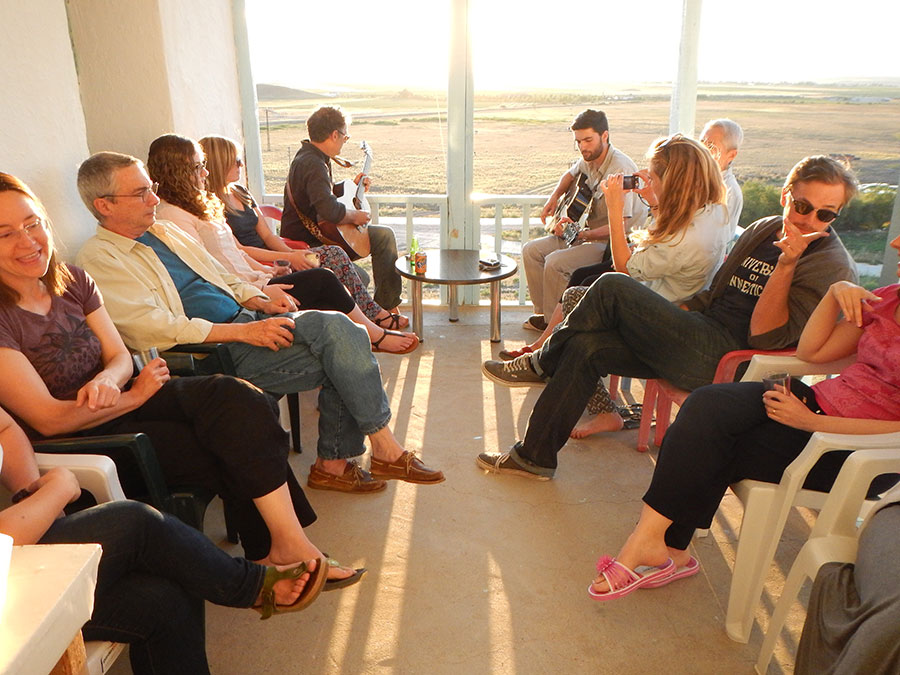
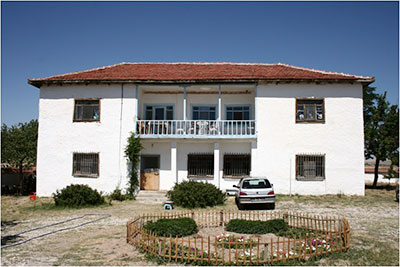
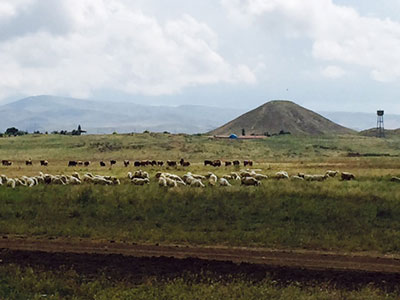
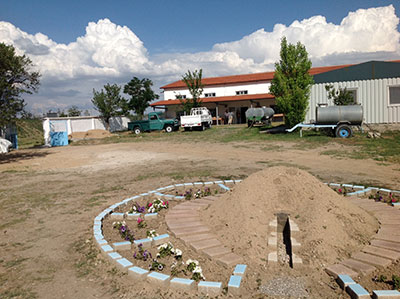
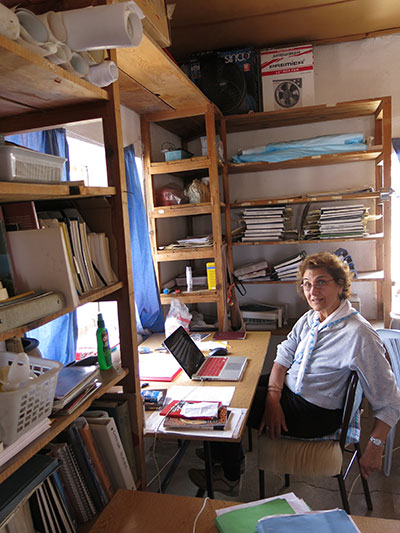
Any description of life at Gordion must begin with the dig house, the center of archaeological activity now just as it was when it was built in the 1950s. The two-story house sits on a slight rise, looking out over a landscape of tumuli and irrigated fields of wheat, sugar beet, and onions. Like most houses in the village of Yassıhöyük, it is built of mudbrick and plastered with white lime, giving rise to its local name: the “White House.” It is from the White House that some of us set out at 5:45 each morning to begin our work at the site, and it is to the White House that we return at the end of the day to complete our field notebooks and examine finds from the trenches.
Our home for the summer comes equipped with some of the usual features of a house—a kitchen, dining room, and bedrooms, as well as other work areas such as a small library, a computer room, and facilities for storage. We also have two balconies that offer views of the surrounding countryside, always filled with the sights and sounds of tractors, farm animals, and children on bicycles.
A separate building with toilet facilities and showers was constructed seven years ago. Until then, we waited in line to use an outhouse-type toilet placed over a hole in the ground! The dig compound also includes the Çanak Palas (Pottery Palace), a large facility for conservation and artifact study and storage, and the Pembe Palas (Pink Palace), with office space. Visitors who enter the courtyard are surprised to see a miniature replica of the Midas mound with a surrounding garden of flowers, built by our house manager.
The compound is run by local men and women. Zekeriya (Zeki) Utğu, the house manager and guard, started out as a worker at the site when he was a teenager, and has been at Gordion now for over 20 years. His talents range from making strong Turkish coffee to repairing broken water pipes, cars, and motorcycles. Arda assists Zeki with jobs around the house. Just before 9 am, Arda rushes out of the compound on his motorcycle, to deliver a thermos of tea and sandwiches to the hungry excavators. İbrahim is our cook, responsible for preparing food for as many as 40-50 people every day, which he handles with no problem since he formerly worked as a chef for the Turkish army. Gözde and Kübra, two young women who attend the university nearby, help in the kitchen and do the housecleaning.
Our 2015 project team is international, with over 40 archaeologists and students from Turkey, the United States, England, Germany, Italy, Romania, the Netherlands, Iraq, and Russia. English is spoken at the compound, although we encourage all non-Turkish members of the team to learn the local language. Some Turkish is essential: “I’d like a taksi at 3 am tomorrow to the Ankara airport…How much do I pay?…Is the internet still not working?”
Daily life at Gordion is tightly structured. Everyone works from at least 6 am to 6 pm, with short breaks for meals and an afternoon nap. Among the earliest risers are the diggers, followed by researchers and conservators who work at the compound or in the lab in the Gordion Museum. The bell rings to let us know that it is time to get in line for breakfast. Our first meal consists of white cheese (beyaz peynir), olives, tomatoes, cucumbers, hard boiled eggs, bread, and honey served with coffee or black tea. Brian Rose, Melek Yıldızturan (the Turkish representative on site), and I leave by 5:45 am to see yesterday’s new discoveries, which create new puzzles for us to solve. Gebbi Bieg, our photographer, jumps on his motorcycle and rides to the site to capture images of a Phrygian fortification wall or Medieval storage pits containing camel bones. He climbs up steep hills (as high as he needs to) to get the best angles on our conservation work on the Early Phrygian Gate.
Everyone has his or her own specialized work to do or is assigned a task for the day. Carolyn Aslan, Beth Dusinberre, and Kathleen Lynch—who have returned to Gordion for many years—study pottery from previous excavation seasons, while Naomi Miller continues to collect new botanical samples and Janine van Noorden cleans and identifies animal bones. The students rotate in their jobs, so they can learn different aspects of fieldwork.
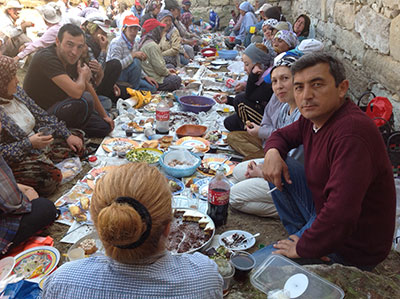
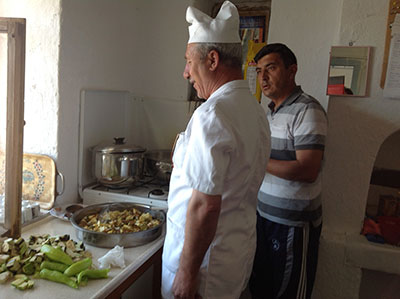
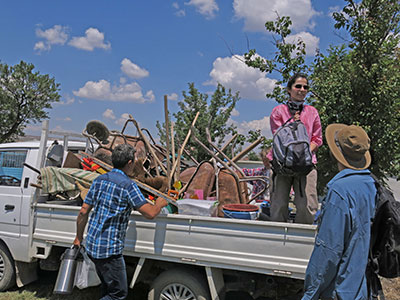
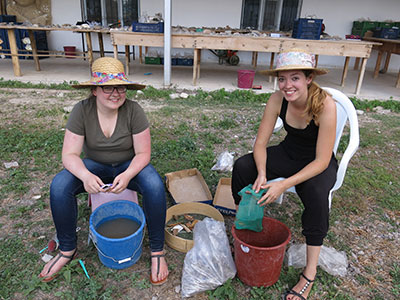
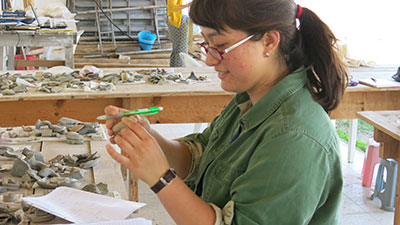
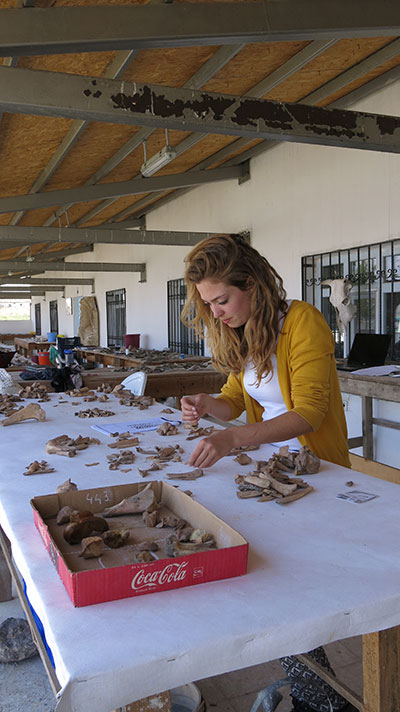
A major component of my work with Brian is continuously communicating with the Turkish Ministry of Culture: requesting permission for daily excavation procedures, scheduling frequent meetings and site visits with Ministry personnel, and attending receptions and other events associated with archaeology in Turkey. These face-to-face interactions are essential to understanding Ministry guidelines and rules, and for developing the relationships needed in any foreign excavation project.
At 9 am, we are ready for our “second breakfast”: tomato-cheese sandwiches and tea or coffee. By 9:30 we are back at work, only breaking again at about 1 pm for lunch. This always includes a tomato, cucumber, green pepper, onion, and parsley salad dressed with lemon juice and olive oil. İbrahim often makes tomato, lentil, or “Wedding” soup, served with local yogurt made by a local woman. Our dessert is fruit in season or pudding. By about 2 pm, our break is over. During July and August, the heat can rise to 100 degrees F or more. Those of us working in the compound—researching, writing, making maps, and finish- ing drawings—inch closer to the fans. The sherd-washing group in the courtyard moves every few hours to follow the shade as the sun progresses across the sky.
After the workday is over around 6 pm, lines form for the three tepid showers. We then change into clean clothes for “Happy Hour” on the second floor back balcony. Years ago, former Director Rodney Young introduced a drink we call the “snake” due to the presence of twisted lemon peels: homemade lemon-infused vodka, over ice or mixed with cherry juice. We often hear the sound of bells as a shepherd, his donkey, and his dogs move a flock of sheep across the landscape. This is a time to relax and reflect on the day.
The bell rings for dinner at 8 pm, which might be roast chicken with potatoes, an eggplant casserole, or stuffed tomatoes and peppers (dolma), followed by fruit and kadayıf, a dessert made from shredded wheat, wal- nuts, syrup, and a tinge of lemon. e evenings are cool and some of us sit outside after dinner and listen to Brian, Joe Nigro, Catalin Pavel, and others sing and play the guitar. Others care for the injured dog that wandered into the courtyard or the baby jackdaw that was found at the excavation site. Those who are writing articles or books may continue their work, although most of us retire early: the com- pound is usually quiet by 9:30 pm. The last thing we hear may be the distinctive hoots of owls in the distance or Müezzin’s call to prayer.
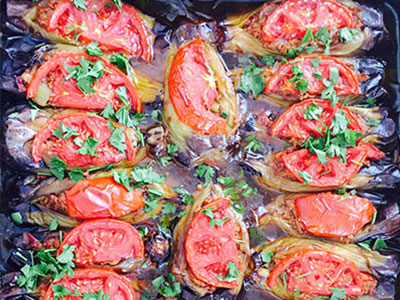
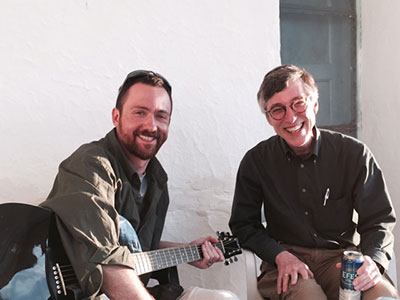
Our Local Village

The village of Yassıhöyük, while separate from the excavation, is part of the experience of living and working at Gordion. The workers and staff we rely on come from the village. Some of us live in the village schoolhouse or with a family, and our food is almost all locally produced. Special occasions are also shared: births, weddings, and circumcision ceremonies in the village are open to everyone. These celebrations provide a welcome break from our daily routine and also help us feel connected to the community in which we are working. Many of the archaeologists cannot speak fluent Turkish and most of the villagers cannot speak English, but everyone understands the languages of music, dance, and laughter.
An enjoyable pastime on our day off is to observe handicraft production and food processing by the women of the village. One distinctive product of the region is fine angora wool. Naomi Miller and I had the satisfying experience of washing a huge, 16-pound pile of Angora wool and then setting it to dry in the sun. Emine and Hatice, two shepherdesses, carded the wool; then Emine spun it with dexterous fingers, using her grandmother’s carved wooden spindle. The fuzzy wool turned into yarn before our eyes and a year later it was transformed into two sweaters. I described my Angora sweater as “organically made from three hairy goats.”
The Cultural Heritage Education Program (CHEP)
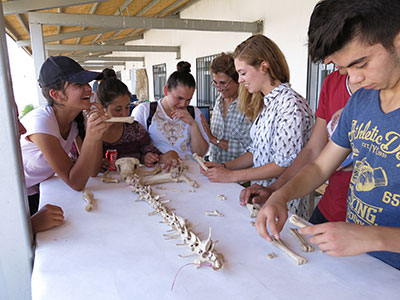
We need to rely heavily on the local community to protect and promote the surviving ancient remains at Gordion. We have therefore pioneered a new program in 2014 for the local residents, to educate them in cultural heritage protection and to inspire them with the history of Gordion and its environment. These kinds of community outreach programs were typically neglected by archaeological teams in earlier days, but now we need to incorporate them into our strategic plans to ensure that our programs to preserve the past will survive into the future. Among other activities, the program includes intensive tours of Gordion’s Citadel Mound during which preservation techniques are discussed, and also visits to other archaeological sites and museums in the region. The students then deliver oral reports on the rich diversity of the cultural legacy of the Anatolian plateau, where their own ancestors had made their home.
The long-term sustainability of this program will be assessed by changes in students’ attitudes, and their willingness to share their knowledge with the local community. For more information, see: www.penn.museum/blog/?s=CHEP.
AYŞE GÜRSAN-SALZMANN has worked at Gordion since 1995, documenting traditional practices of agriculture and animal husbandry. Dr. Gürsan- Salzmann is currently Deputy Director of the Gordion Archaeological Project and a Consulting Scholar in the Mediterranean Section.
PHOTOGRAPHY BY AYŞE GÜRSAN-SALZMANN, NAOMI MILLER, AND JANE HICKMAN
